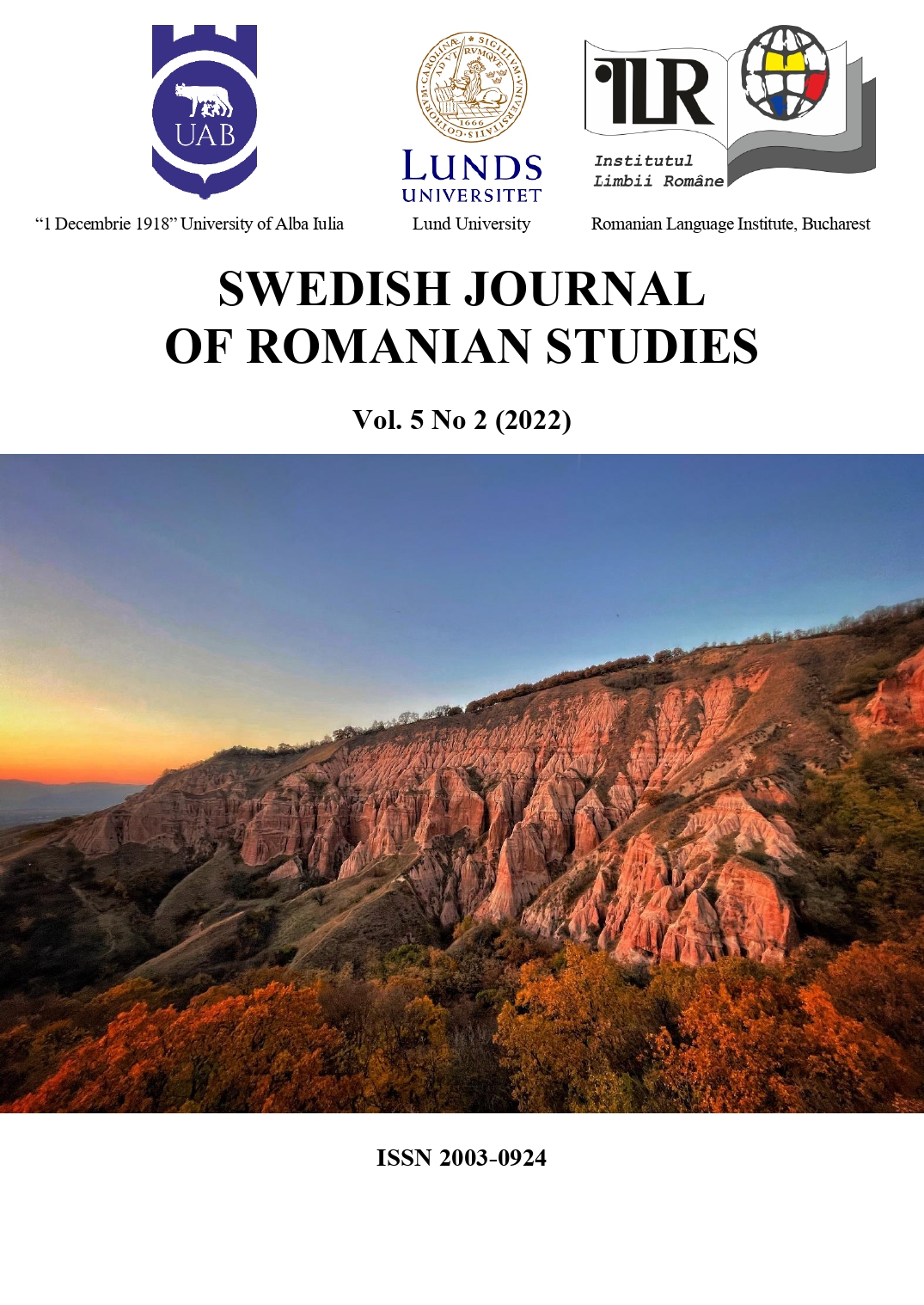The sea and its national avatar in Romanian Romantic literature: from the Small to the Great Union
The sea and its national avatar in Romanian Romantic literature: from the Small to the Great Union
Author(s): Roxana Elena DoncuSubject(s): Cultural history, Poetry, Ethnohistory, Romanian Literature, Cultural Anthropology / Ethnology, 19th Century
Published by: Språk- och litteraturcentrum, Lunds Universitet
Keywords: The Black Sea; Romantic poetry; national identity; the Balkans; the Forty-Eighters;
Summary/Abstract: The following paper analyses the emergence of an imaginary of the sea in Romanian Romantic poetry. As Dobrudja and the Black Sea were integrated into the Romanian state rather late, after the War of Independence, it is not until the 19th century that we can speak of a visible literary and cultural presence of the sea, in particular of the Black Sea. A 'mare nostrum' of the Ottoman Empire for most of the mediaeval and modern period, the Black Sea is assimilated into the national imaginary mainly due to Vasile Alecsandri's re-imagining its space from the perspective of ancient history and a translatio imperii to the East. Through Ovid and his cultural legacy, Romania and Romanians are symbolically viewed as the descendants of the Roman Empire in the backward, orientalized Balkans. Though not writing in particular about the Black Sea, Dimitrie Bolintineanu's collection “Florile Bosforului”[The flowers of the Bosphorus] introduces the image of the sea as the exotic Other. Mihai Eminescu, whose unconscious image of the sea overlaps with that of his native forest lakes, takes over the national idea from Alecsandri, and in “Doină” [A doina], circumscribes the national borders to the Black Sea and the Dniester.
Journal: Swedish Journal of Romanian Studies
- Issue Year: 5/2022
- Issue No: 2
- Page Range: 84-100
- Page Count: 17
- Language: English, Romany

